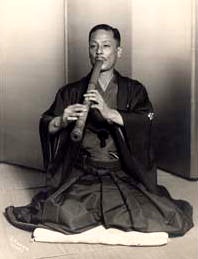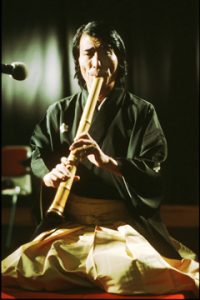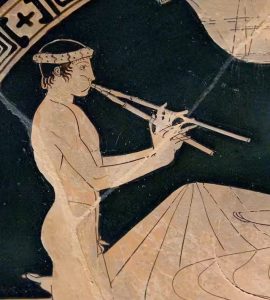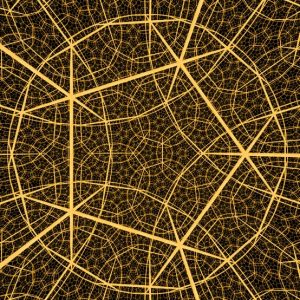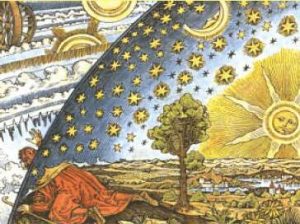MA: The Japanese harmony of silence…
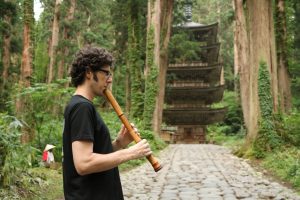

In Japanese, MA, the word for space suggests interval. It is best described as a consciousness of place, not in the sense of an enclosed three-dimensional entity, but rather the simultaneous awareness of form and non-form deriving from an intensification of vision.
Embodied in the core of traditional Japanese and Zen culture, we find the Japanese aesthetic and spirituality resting in the consciousness of MA and expressing this truth abstractly, as to best represent the mystical experience of MA.
The Tokonoma, a sacred altar space found in every temple and home across Japan, depicts MA with stunning artistic lucidity. The famous rock garden at Ryoan-ji, a Zen temple in Kyoto, creates an intoxicating mystical experience, while the sounds of the ancient Honkyoku tradition of Shakuhachi musically point to MA; the harmony of silence of between the notes…
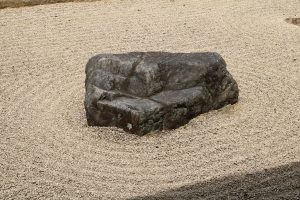
MA (Place) = Simultaneous awareness of the intellectual concepts of form+non-form, space+object (non-space) coupled with subjective experience.
MA becomes an “experiential” place.
Therefore:
MA = (form+non-form)(space+non-space)/consciousness
A simultaneous awareness of form, not-form, or of object-space, deriving from an intensification of vision, a transcendence of material things yet still a three dimensional concept. Infinite space or cosmic space on the other hand, could mean an extension of vision, or an increased awareness of a space continuum ad infinitium, yet still three dimensional in character.
Evolution of the concept of “Place”:
1. Apparent disorder
2. Geometric order
3. Sophisticated order – “this stage is super-conscious.”
The artistic process in relation:
Phase one: object making – the tools/technique of the art
Phase two: space making – becoming supra-conscious of the canvas
Phase three: place making – maximizing its effectiveness
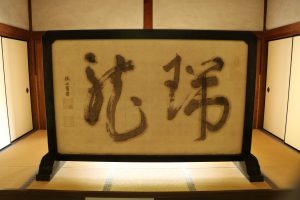
The consciousness of MA (place making) – combining the dualities object/space, time/space, objective outer-world/subjective inner-world, flowing from a deeper consciousness, the Buddhists great Void:
-Form (3D object) does not differ from place, nor place from form
-Form is place and place is form
-Non-form is this place, and place is this non-form
-Place (Ma) does not differ from Void, nor void from place
-Place is this void and void is this place
All life and Art is a play between:
space – absence of material object
place – the enveloping universal of space/object
void – the Great Silence within
This moment was a defining moment in cultivating an deeper East-West dialogue.
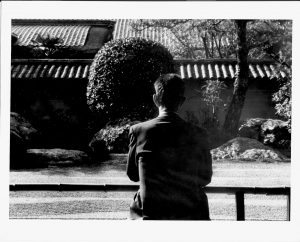
Cage+Rock Garden =
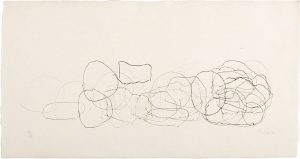
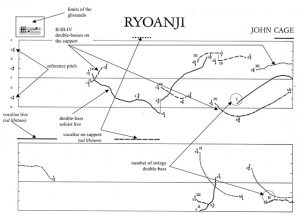

“Standing in Shiba Park, which had been destroyed in the Great Kanto Earthquake two months before, Nakao Tozan (below), the founder of the Tozan school of shakuhachi (late 19th century), felt the chill wind marking the advent of winter blow through him. He composed this to express his inconsolable desolation.”
